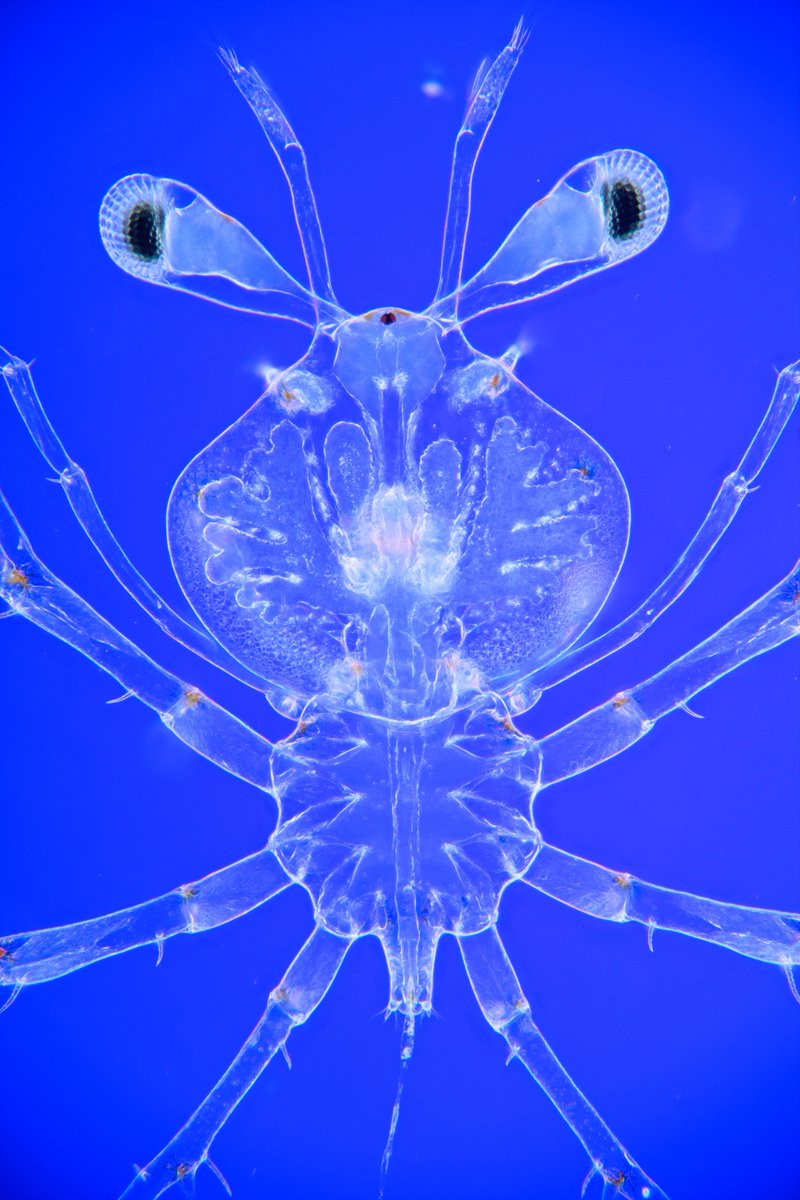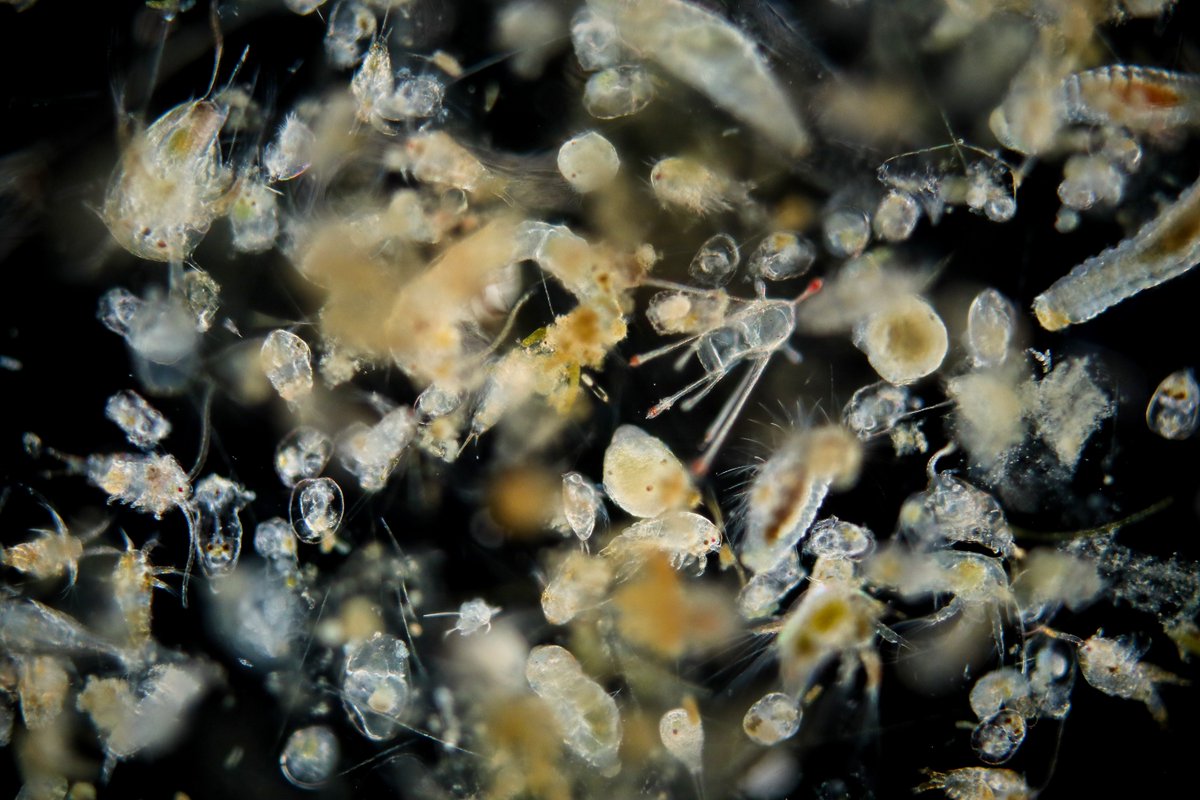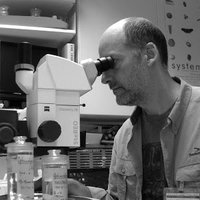
Rafael Martín Ledo
@rmartinledo
Microscopic life filmmaker Creator of @tardigradopedia & @DiatomAppSoc Movie watcher. Profesor de ByG
ID:866013050758934528
20-05-2017 19:29:35
2,3K Tweets
13,6K Followers
334 Following

Searching for alien life? No need to board a rocket ship to space when our home planet’s Ocean shelters creatures like this suspected Bathyphysa siphonophore. Spotted during the #SalasyGomezRidge expedition off the coast of Chile. More info about research: schmidtocean.org/cruise/unexplo…

[ #Zoology ] Taxonomic diversity of marine planktonic ‘y-larvae’ (Crustacea: Facetotecta) from a coral reef hotspot locality (Japan, Okinawa), with a key to y-nauplii ⤵️
✒️ Jørgen Olesen Statens & Mark J. Grygier
🔗 DOI: doi.org/10.5852/ejt.20…
#Crustacea #Facetotecta
![European Journal of Taxonomy (@ejtaxonomy) on Twitter photo 2024-04-05 12:47:53 [#Zoology] Taxonomic diversity of marine planktonic ‘y-larvae’ (Crustacea: Facetotecta) from a coral reef hotspot locality (Japan, Okinawa), with a key to y-nauplii ⤵️ ✒️ Jørgen Olesen Statens & Mark J. Grygier 🔗 DOI: doi.org/10.5852/ejt.20… #Crustacea #Facetotecta [#Zoology] Taxonomic diversity of marine planktonic ‘y-larvae’ (Crustacea: Facetotecta) from a coral reef hotspot locality (Japan, Okinawa), with a key to y-nauplii ⤵️ ✒️ Jørgen Olesen Statens & Mark J. Grygier 🔗 DOI: doi.org/10.5852/ejt.20… #Crustacea #Facetotecta](https://pbs.twimg.com/media/GKZt9MVXEAAmw92.jpg)

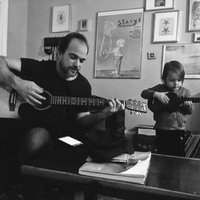
Anyone out there recognize this little ball? Looked pretty rhizaria-like to me, but I can't place it or the little buds it has. Johan Renaudie? About 150-200 microns, oligotrophic Atlantic, 600-800m depth.











Many bottom dwelling organisms like crabs, worms, sea stars and barnacles have larval stages in the plankton. Carried by currents the larvae can be transported to other areas. Often the larval stage does not look like the adult at all! Can you guess which is which? #MarineLife



[ #brittlestar ] Deepest known novel species of the genus Ophiuroglypha Hertz, 1927 ( #Echinodermata : #Ophiuroidea ) from the central rift zone, 🇵🇭 Sea
✒️ Hasitha Nethupul et al.
🔗 DOI: doi.org/10.5852/ejt.20… #marinebiology #newspecies #echinoderm #marinespecies #biodiversity
![European Journal of Taxonomy (@ejtaxonomy) on Twitter photo 2023-10-20 13:59:37 [#brittlestar] Deepest known novel species of the genus Ophiuroglypha Hertz, 1927 (#Echinodermata: #Ophiuroidea) from the central rift zone, 🇵🇭 Sea ✒️ Hasitha Nethupul et al. 🔗 DOI: doi.org/10.5852/ejt.20… #marinebiology #newspecies #echinoderm #marinespecies #biodiversity [#brittlestar] Deepest known novel species of the genus Ophiuroglypha Hertz, 1927 (#Echinodermata: #Ophiuroidea) from the central rift zone, 🇵🇭 Sea ✒️ Hasitha Nethupul et al. 🔗 DOI: doi.org/10.5852/ejt.20… #marinebiology #newspecies #echinoderm #marinespecies #biodiversity](https://pbs.twimg.com/media/F840s5hXoAAYJMG.jpg)
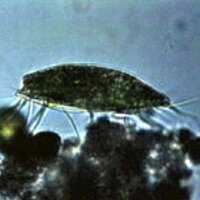
El Ayuntamiento de Sevilla ha convocado 5’ de silencio mañana a las 11:00 en las puertas de su sede en la plaza Nueva en memoria de Maya Universidad de Sevilla Ayuntamiento de Sevilla #MayaVillalobo

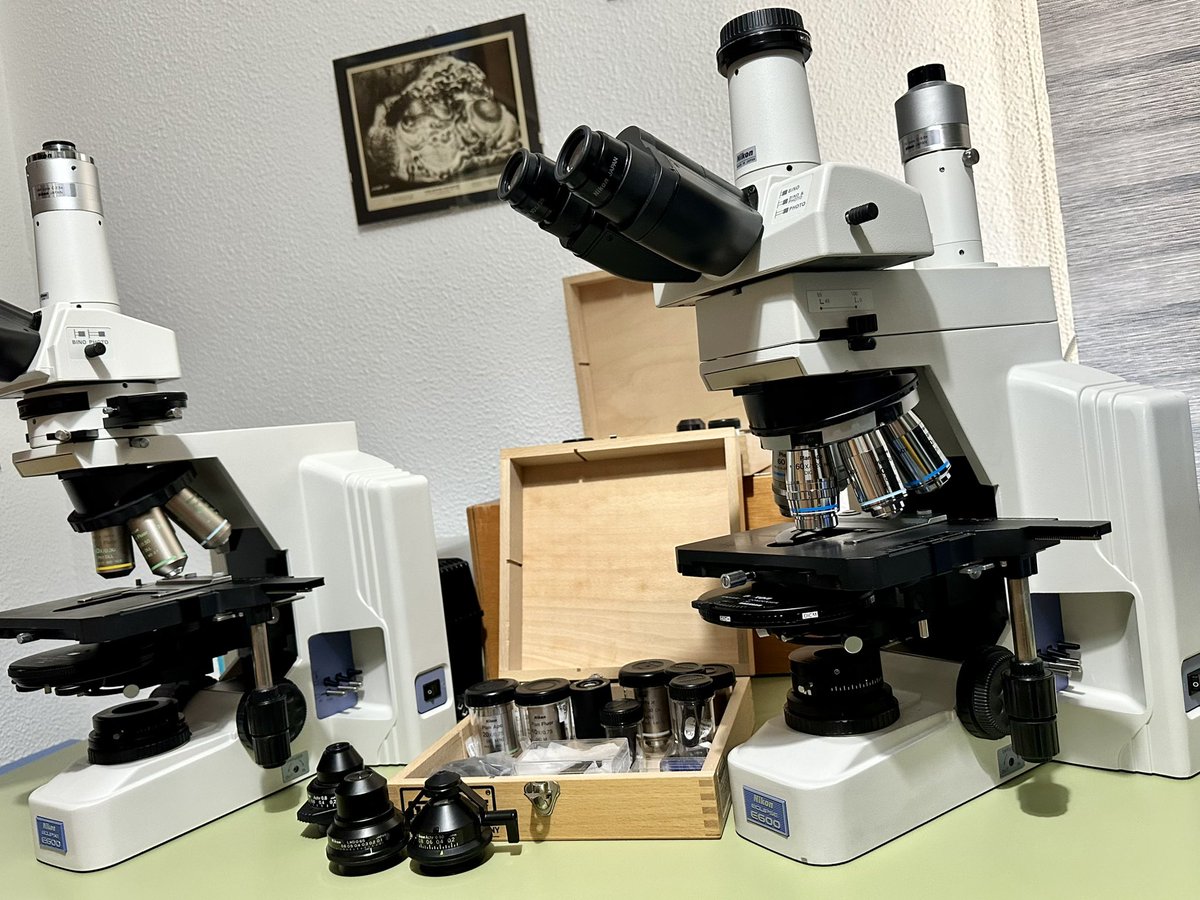
![European Journal of Taxonomy (@ejtaxonomy) on Twitter photo 2024-03-13 16:00:36 [#annelid] Two new ‘incertae sedis’ syllids (Annelida: Syllidae) from Brazilian oceanic islands ⤵ ✒ @rodolfolns - Marcelo Veronesi Fukuda - Paulo Cesar de Paiva 🔗 DOI: doi.org/10.5852/ejt.20… #Annelida #syllidae #syllids #Polychaeta #annelids [#annelid] Two new ‘incertae sedis’ syllids (Annelida: Syllidae) from Brazilian oceanic islands ⤵ ✒ @rodolfolns - Marcelo Veronesi Fukuda - Paulo Cesar de Paiva 🔗 DOI: doi.org/10.5852/ejt.20… #Annelida #syllidae #syllids #Polychaeta #annelids](https://pbs.twimg.com/media/GIj82KCWwAA5Rcv.jpg)


